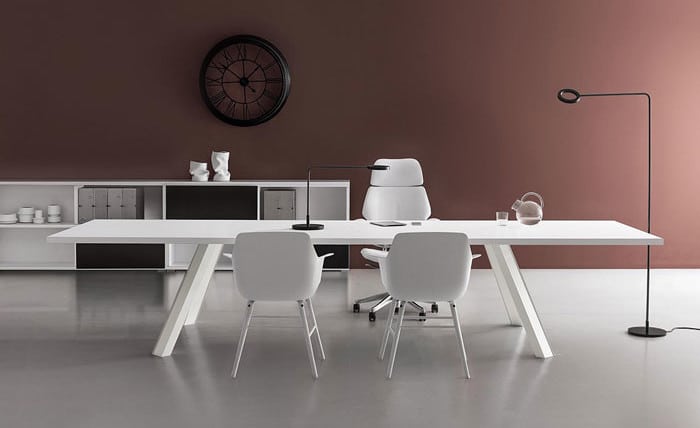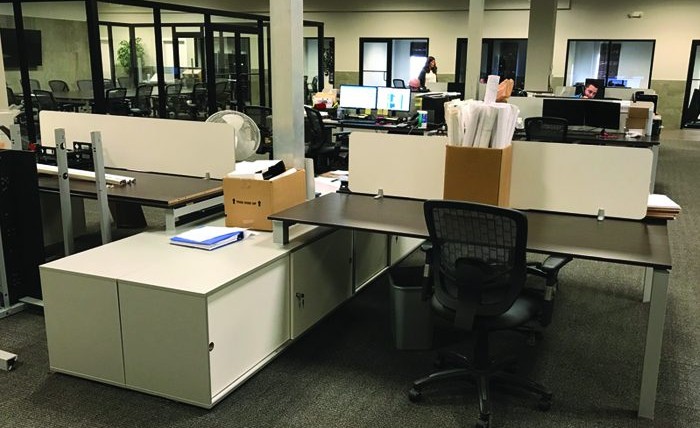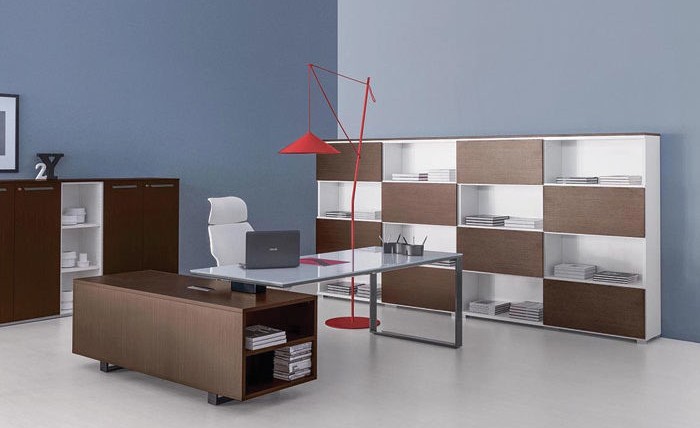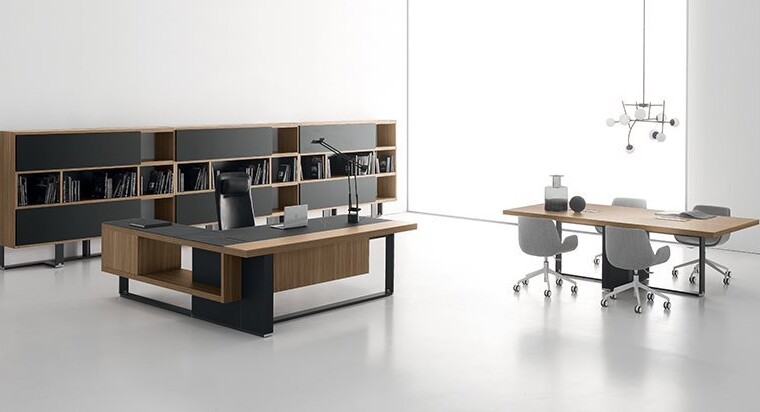What is the solution to the Open Office privacy crisis?
The appeal of an open office design originally seemed harmless. Imagine: open offices with lines of clean and minimalist modular workstations with modest privacy shields, pop-up and convertible collaboration spaces, library carrel-style break pods, video conferencing areas, and–why not?–bleacher seating on one wall for those culture-building pep talks. The open office plan was supposed to be less expensive and conducive to building a lighter, happier, tighter company culture. But now it’sbackfiring.
Across the country, we’re now seeing what can be categorized as a “privacy crisis” among workers. The office, once a place where your cubicle seemed semi-shielded and dedicated to your needs, a place where you could even hang a “Do Not Disturb” sign with a pushpin or at least signal that you being at your desk meant head-down work time, has morphed into something resembling a hot-desk buffet, where first dibs determine whether you’ll secure a relatively quiet work space or be resigned to another morning of wearing Bose headphones just to get a few tasks accomplished. When privacy suffers, the rate of productivity quickly goes downhill.
Open offices started out with great intentions. They became a status symbol of the next generation of entrepreneurs. They were meant to level the playing field, knock down walls, introduce more natural light and open fresh air, and keep an office feeling young.
Now, we are heading into some unhealthy territory with this design trend. When dedicated desks are sacrificed in the name of “creative flexibility,” when introverts are forced to attend more meetings at touchdown tables simply for the trendiness of meeting at touchdown tables, when a phone call echoes across 2,000 square feet, when desk sizes are reduced to fit more workers into one open room…you begin to have a privacy crisis on your hands. Employees are now raising their voices against this trend.
Fortunately, companies are starting to wake up and realize that dream loft isn’t all it’s cracked up to be and are starting to introduce a more moderate form: activity-based workplace design (ABW). ABW presents a mix of open, semi-private and private spaces in one commercial office to meet employees where they are in the moment, not forcing workers to accomplish their tasks in a specific non-ideal space. Think: quiet floor with assigned workstations, another floor of private offices and suites with conference rooms, and a floor with a cafe and social hubs. There is a return to privacy that is gaining ground, and furniture makers, interior designers, and architects are slowly helping us get there. (Source Inc.com)









